"Eat your fruits and vegetables!"
How many times have you heard that?
We all know that we should eat healthy vegetables. But oftentimes, life gets in the way, and for one reason or another, eating junk food is a lot more convenient.
So when you do happen to have your fresh produce game on point, the question then is: What specifically should you eat?
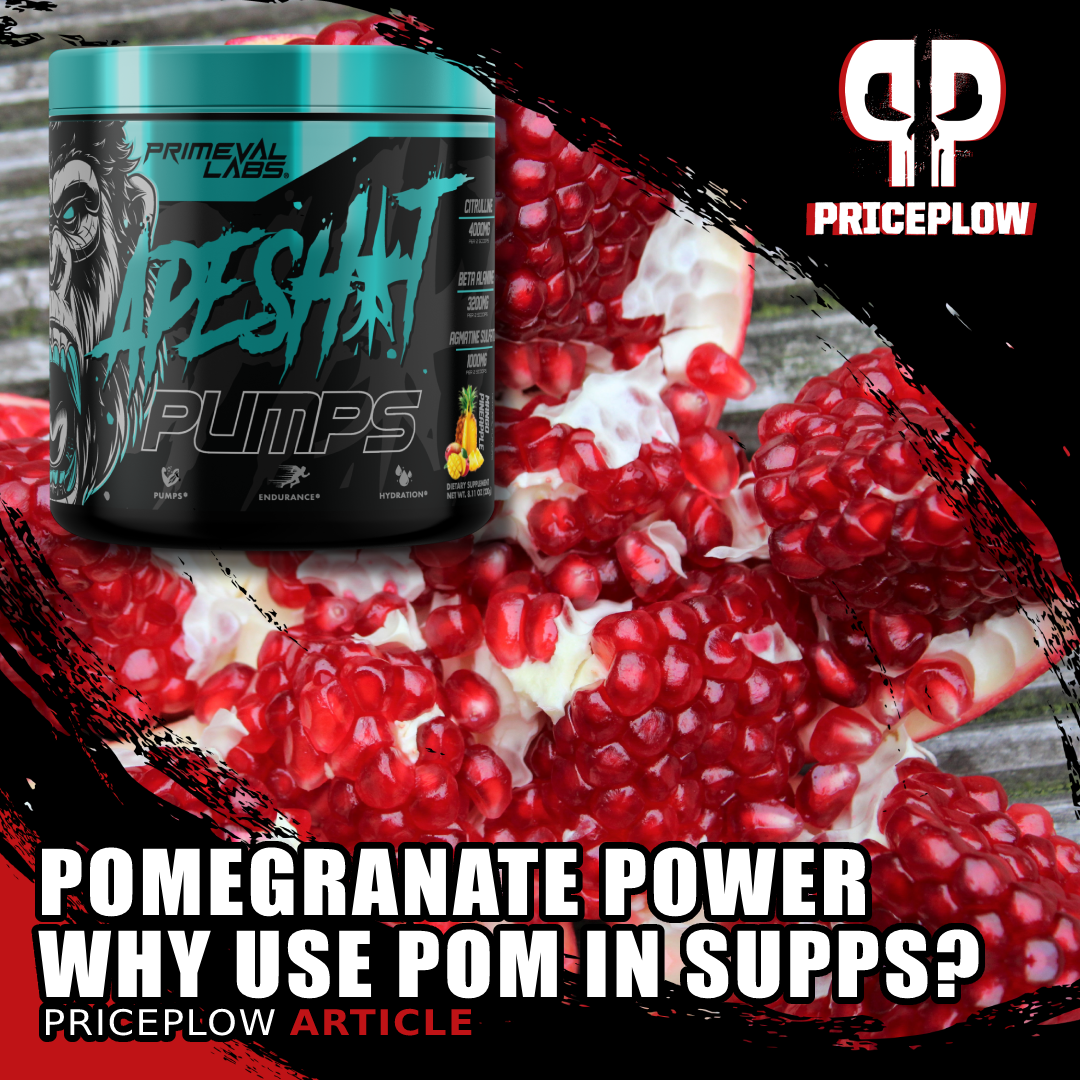
Pomegranate is a nutritional powerhouse, and is drastically underutilized in athletic supplements. Primeval Labs is showing the pomegranate way by including pom extract in their nitric oxide supplement.
Because, as it turns out, not all fruits and vegetables are created equal. Some do a lot more for your health than others.
And in our opinion, pomegranate is one of the world's nutritional superstars.
How Pomegranate Adds to Ape Sh*t Pumps
A little while back, we covered Ape Sh*t Pumps from Primeval Labs. If you need a refresher, check out our long-from article, Primeval Labs Ape Sh*t PUMPS: Pomegranate Powered Pumps.
This is a cool stimulant-free pre-workout formula -- it's short but focused with some pretty nice synergy between citrulline and agmatine sulfate, which increase nitric oxide (NO) blood levels by complementary mechanisms.
What makes it unique, though, is the inclusion of pomegranate, which is, unbeknownst to most, a potent NO booster in its own right. In fact, there are plenty of benefits associated with regular pomegranate consumption – benefits we think athletes and gym-goers would be quite interested to hear about.
So today, let's talk about pomegranate, and why you might want to take a pomegranate-containing pre-workout like Primeval Labs' Pump formula. But first, check the PricePlow deals and news:
Primeval Labs Ape Sh*t Pumps – Deals and Price Drop Alerts
Get Price Alerts
No spam, no scams.
Disclosure: PricePlow relies on pricing from stores with which we have a business relationship. We work hard to keep pricing current, but you may find a better offer.
Posts are sponsored in part by the retailers and/or brands listed on this page.
This area is reserved for Team PricePlow's upcoming Research Study video.
Subscribe to our channel and sign up for notifications so you catch it when it goes live!
What is Pomegranate?
Also known as Punica granatum, pomegranate is a shrub that grows between 15 and 35 feet tall, bearing a unique fruit with juicy seeds. It was originally discovered in the Mediterranean, but brought to the Americas in the 1500s and eventually into California in the 1700s.
The seeds of the fruit are embedded in a "seedcoat" known as a sarcotesta, which also contains juice but is generally inedible. Technically, the fruit can be considered a berry, but is larger than other berries - it's generally the size of a very large apple, but not as big as a grapefruit.
Juice from the mature fruits' seeds can be squeezed through compression, yielding a very red color due to the anthocyanins and ellagitannins inside. These are what provide many of the health benefits we'll describe next.
The benefits of Pomegranate
-
Antioxidant compounds in Pomegranate
The first thing to know about pomegranate is that it's absolutely loaded with antioxidant compounds.
Antioxidants play a crucial role in human physiology and, in general, they're a big part of the reason why we're constantly admonished to eat our fruits and vegetables in the first place.
Here's what one study has to say on the subject:
Moreover, substantial experimental studies have supported the protective role of fruits against CVDs, and several fruits (grape, blueberry, pomegranate, apple, hawthorn, and avocado) have been widely studied and have shown potent cardiovascular protective action. Fruits can prevent CVDs or facilitate the restoration of morphology and functions of heart and vessels after injury. The involved mechanisms included protecting vascular endothelial function, regulating lipids metabolism, modulating blood pressure, inhibiting platelets function, alleviating ischemia/reperfusion injury, suppressing thrombosis, reducing oxidative stress, and attenuating inflammation.[1]
The incredible restorative potential of fruits and vegetables is where the belief that food can be medicine originates.
The specific antioxidant and anti-inflammatory compounds in pomegranate fruit are many, but some of the more important ones are flavonoids, anthocyanins, punicic acid, and ellagitannins.[2] Cleaned white seeds consist of about 18% oil, 65% of which is punicic acid, one of the key constituents.[2]
-
Anthocyanins
If you take a look at the fruits that are often described as "superfoods," you'll notice an interesting pattern. Most of them are red, blue, or purple in color —examples include blueberries, raspberries, acai berries, and pomegranate.
Research shows that beyond its nitric oxide boosting effects, natural pomegranate juice greatly enhances performance and recovery, while also reducing markers of muscle damage (soreness).
The thing they all have in common is a high anthocyanin content. As it turns out, anthocyanins are pigmented phenolic antioxidants responsible for the color of certain fruits and vegetables.
So when it comes to pomegranate, yes, the anthocyanins are what make it red.[3]
If you've hung around ancestral health circles, you've probably heard the theory that fruits want to be eaten. This is because they contain seeds that herbivores eat, digest, then eliminate and pass into the ground. This is called seed dispersion, and it's a crucial part of many plants' life cycles.
Researchers speculate that the bright colors imbued by anthocyanins may have evolved to attract the attention of herbivorous animals, which in this context are called seed dispersers.[4]
Following this line of reasoning, we might expect that fruits not only attract seed dispersers, but also reward them in the form of easily digestible energy and better health. When it comes to humans, that's pretty much exactly what the research on anthocyanin consumption shows.
For one thing, anthocyanins are incredibly potent antioxidants.[6] In fact, in one study that examined the antioxidant properties of 25 commonly consumed fruits, pomegranate was found to have the highest cellular antioxidant capacity.[5]
No doubt this is largely thanks to its high anthocyanin content – the next four highest fruits were blackberry, wild blueberry, strawberry, and raspberry,[5]. Like pomegranates, they're colored by deep red and blue hues. Similarly, Pom also scores quite high in ORAC (oxygen radical absorbance capacity), coming after other berries in strength.[5]
-
Antibacterial
Anthocyanins aren't just antioxidants, though! They also have significant antimicrobial effects. In fact, they attack bacterial reproduction in so many different ways, it's easy to think anthocyanins were designed as antibiotics.
Anthocyanin compounds break up bacterial cellular membranes, block their mitochondrial respiration, and block enzyme activity that microbes need to survive.[6] They also destroy substrates that pathogenic bacteria use to manufacture their own food.[6]
According to one 2013 research review on the subject, pomegranates and pomegranate extracts both demonstrated significant antimicrobial activity against Helicobacter pylori (H. pylori),[7] the species of bacteria that's now believed to contribute to the onset of stomach ulcers, gastritis, and even certain forms of cancer.[8]
-
Anti-inflammatory
Antioxidant and anti-inflammatory effects usually go hand-in-hand, since oxidative stress is a major contributing factor to systemic inflammation. Correspondingly, antioxidant compounds are also usually anti-inflammatory.
The anti-inflammatory effects of anthocyanins go beyond their antioxidant capacity, though. Anthocyanins have been shown to actually inhibit the production of prostaglandins, which are important precursors to inflammatory cytokines.[6]
You've no doubt heard of aspirin, a famous anti-inflammatory drug. Well, prostaglandin inhibition is aspirin's primary mechanism of action! And, believe it or not, one study found that anthocyanins are actually better than aspirin at decreasing inflammation![9]
Studies with pomegranate juice show significant anti-inflammatory effects in those who take it, thanks, in no small part, to its high concentration of anthocyanins.[10,11]
-
Anti-diabetic
Anthocyanins also have benefits for insulin and glucose metabolism.
They upregulate a hormone called adiponectin, which makes your body insulin sensitive and increases glucose uptake in muscles.[6]
Possibly as a result, anthocyanin supplementation can decrease adipocyte inflammation. Both adipocyte inflammation and low levels of adiponectin have been linked to diabetes and obesity.[12]
-
-
Ellagitannins (including punicalagin)
Another powerful type of antioxidant in pomegranate is punicalagin, a class of tannin.
In fact, punicalagin is the most abundant type of antioxidant found in the arils (seed pods) of the pomegranate fruit, and is responsible for about 50% of its total antioxidant activity.[13]
In one study from 2017, researchers injected mice with tumor necrosis factor alpha (TNF-α), an inflammatory cytokine that can cause muscle wasting. They wanted to see whether pomegranate extract would prevent TNF-α-induced damage to the muscles of the mice – and amazingly, it did.[14]
When researchers analyzed the mice's blood looking for pomegranate extract metabolites, the only one that they found in significant quantities was urolithin A, which is a metabolite of punicalagin.[14]
Urolithin A is a pretty amazing molecule. It's been shown to have profound anti-inflammatory effects, as it inhibits the cyclooxygenase-2 (COX-2) enzyme, which is the same mechanism of action behind the efficacy of aspirin.[15]
But perhaps most impressively, urolithin A induces mitophagy, a process in which the body selectively breaks down and recycles damaged or dysfunctional mitochondria, replacing them with new, healthy mitochondria.[15]
Mitochondrial function is unbelievably important for good health, and we harp on it a lot here at the PricePlow Blog.
So, when you take pomegranate, you'll be getting a nice dose of punicalagin and hence, urolithin A. Your mitochondria will probably thank you.
-
Flavonoids
There's actually a lot of overlap between the effects of flavonoids and anthocyanins.
Flavonoids are phenolic antioxidants that have been shown to possess cardioprotective, neuroprotective, anti-inflammatory, and antimicrobial properties.[16]
We won't dwell too much on these, because lots of fruits and vegetables have flavonoids.They're also discussed a lot in the nutrition blogosphere. And, in our opinion, the high concentration of anthocyanins and punicalagin are what make pomegranate stand out from the rest.
-
-
Pomegranate Research
It's all well and good to discuss isolated bioactive constituents in a supplement.
But what about when the rubber meets the road? Does the performance of pomegranate juice, extracts, and arils live up to the promise of the anthocyanins, punicalagin and flavonoids the fruit contains?
-
Exercise performance
In one 2014 study, researchers randomly assigned 19 men and women, with an average age of 22, to receive either 1,000 milligrams of pomegranate extract or a placebo.
The volunteers' average VO2max was 51.3 ± 9.4 ml/kg/min, which is significantly above average for both men and women. In other words, these were very fit people – trained at the time of the study, and probably also with an extensive athletic history.
The researchers took their running speed at maximal oxygen consumption using a treadmill test, and then had the participants complete another test 1 to 2 days later. Only this time, the subjects took their prescribed treatment 30 minutes before the test.
The results were striking. At 90% VO2max, the PE increased subjects' time to exhaustion by about 12%.
At 100% VO2max, the benefit was less impressive, but still significant. The PE-treated subjects lasted about 7% longer.[17]
-
Nitric oxide (NO) production
The authors of the treadmill study pointed out that PE's ability to increase NO production was probably a big part of the reason it boosted athletic endurance.[17]
Pomegranate has been shown to protect NO from oxidation[18] – this mechanism usually boosts NO blood levels quite a bit — since NO is a notoriously unstable molecule and particularly prone to being degraded through oxidation.
Pomegranate is a nutritional powerhouse, and is drastically underutilized in athletic supplements. Primeval Labs is showing the pomegranate way.
But pomegranate is also rich in nitrates, which are a necessary component of NO production,[18] meaning it can boost NO production.
In one study, administering pomegranate juice to mice with high cholesterol significantly reduced the development of plaque in their arteries – largely due to the increase in NO activity that the treatment caused.[19]
-
Mitochondrial function
So if urolithin A can improve mitochondrial health, does a full-spectrum pomegranate extract do the same? The answer appears to be yes – research has shown that pomegranate extract (PE) can significantly improve mitochondrial function.[20]
In this study, rats with high blood pressure were given PE, and it significantly reduced their blood pressure and improved their cardiovascular function.
The study authors point out, "pomegranate extract alleviates hypertension-induced reduction of mitochondrial biogenesis,"[20] and that this is key to its cardioprotective effect.
The connection between mitochondrial function and cardiovascular might not immediately make sense to some readers, but we've actually written about it in our article on exogenous ATP supplements late last year. We went into pretty extensive detail about how increased ATP production in the mitochondria can actually improve blood flow.
-
Inflammation
Studies on pomegranate juice show significant anti-inflammatory effects in those who take it, thanks, in no small part, to its high concentration of anthocyanins.[10,11]
Pomegranate juice supplementation in trained weightlifters caused a significant increase in performance.[21]
In one randomized, double-blind, placebo-controlled study, diabetics who drank pomegranate juice experienced significant reductions in interleukin-6 (IL-6) blood levels, an inflammatory cytokine and C-reactive protein (CRP), the latter of which is used widely as a measure of whole-body inflammation.[10]
-
Recovery from exercise
Here's a concern that's probably significant for most of our readers – whether pomegranate can improve recovery from exercise, particularly weightlifting, where recovery is necessary for gaining muscle mass.
A study of nine elite weightlifters found that pom juice could significantly reduce muscle soreness and blood pressure following an Olympic lifting session.[21] It also improved their total volume performance by about 8%.
Pomegranate juice supplementation in trained weightlifters caused a significant increase in performance.[21]
-
-
Pomegranate: A unique testosterone booster?
Where pomegranate really shines is as a testosterone booster. In fact, it's one of the most powerful, if not the most powerful, non-pharmaceutical testosterone boosters available.
Take this 2015 study in which men and women consumed half a liter (about 2 cups) of pomegranate juice daily.
After two weeks of supplementation with the juice, the men experienced a 24% increase in salivary testosterone levels.[22]
That's enormous. We rarely, if ever, see effect sizes that large from testosterone-boosting compounds.
It also significantly reduced cortisol levels – morning cortisol was down by about 50%, whereas midday cortisol was down by about 25%.[22]
This matters a lot for hormone health because, as most of our bro-scientist readers know, cortisol opposes the effects of testosterone.
We can't dismiss this astonishing result as a one-off, either, because a 2008 rat study found pretty much the same thing – a roughly 24% increase in testosterone![23]
Pomegranate exerts these pro-androgenic effects primarily by reducing oxidative stress in the testes.[22,23] The rat study actually observed that pomegranate juice supplementation significantly increased the testicular weight of rats in the experimental group.[23]
Conclusion
So there you have it – as usual, this is just the tip of the iceberg. We didn't even get into the neuroprotective effects of pomegranate and its bioactive constituents, because, well, it's not the most relevant thing in the world for Ape Sh*t Pumps.
If you're curious and want to learn more about the power of this incredible fruit, there's plenty more research out there to peruse. Just know that this isn't just a great health ingredient - it's a great sports nutrition ingredient, and we love seeing it in pump supplements!
Primeval Labs Ape Sh*t Pumps – Deals and Price Drop Alerts
Get Price Alerts
No spam, no scams.
Disclosure: PricePlow relies on pricing from stores with which we have a business relationship. We work hard to keep pricing current, but you may find a better offer.
Posts are sponsored in part by the retailers and/or brands listed on this page.
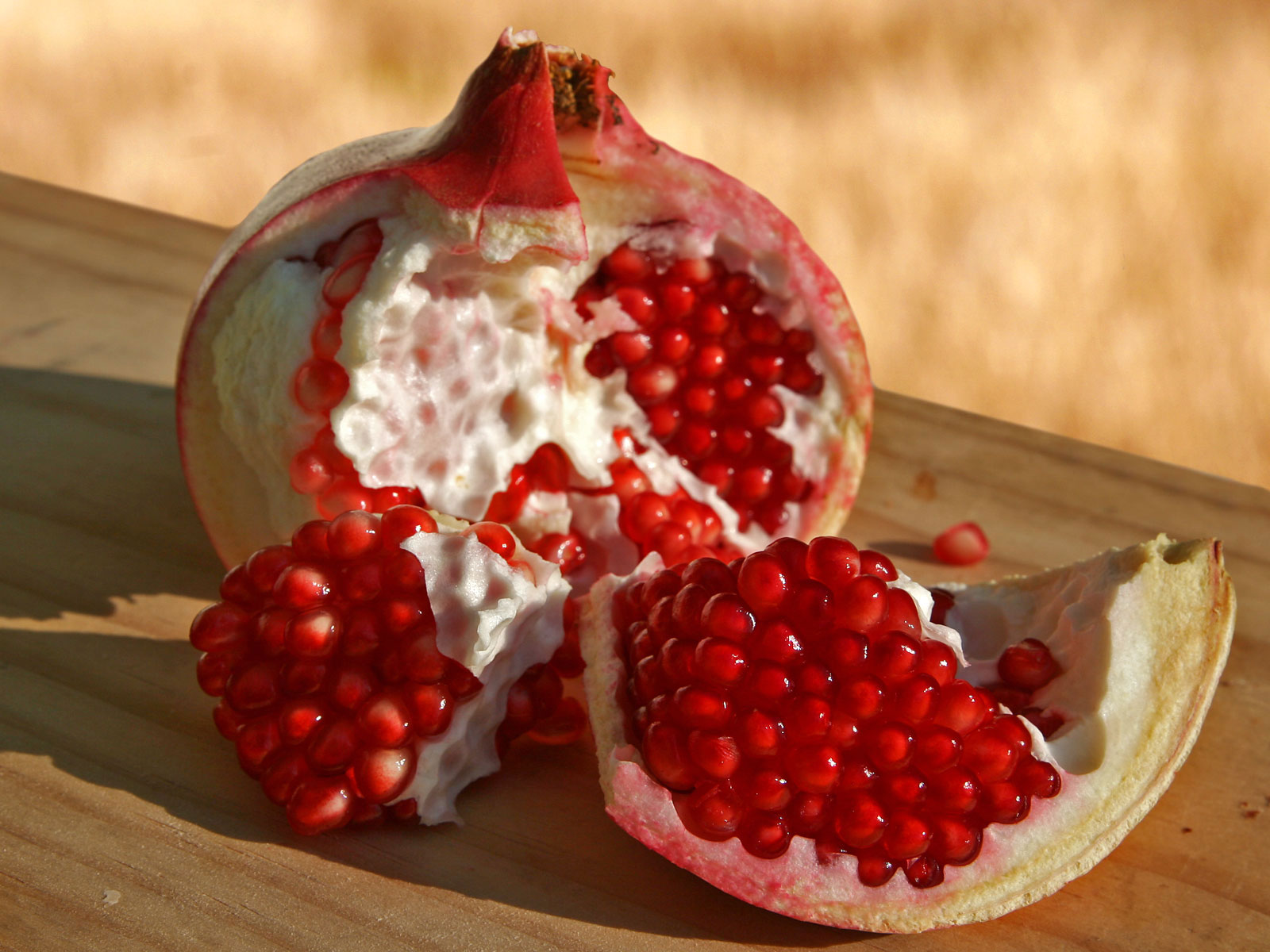
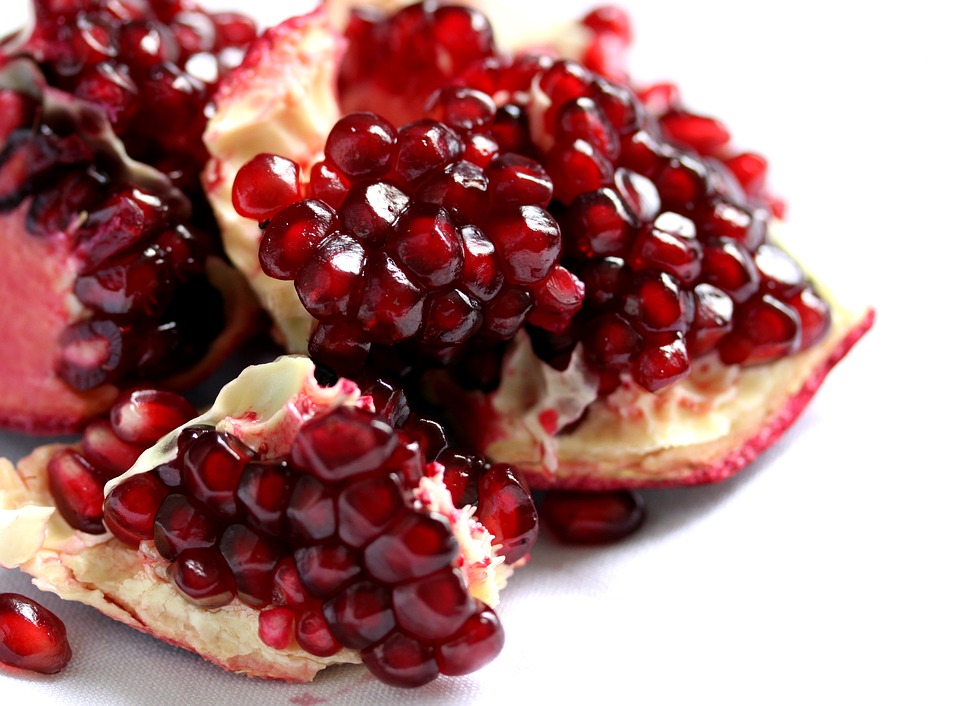
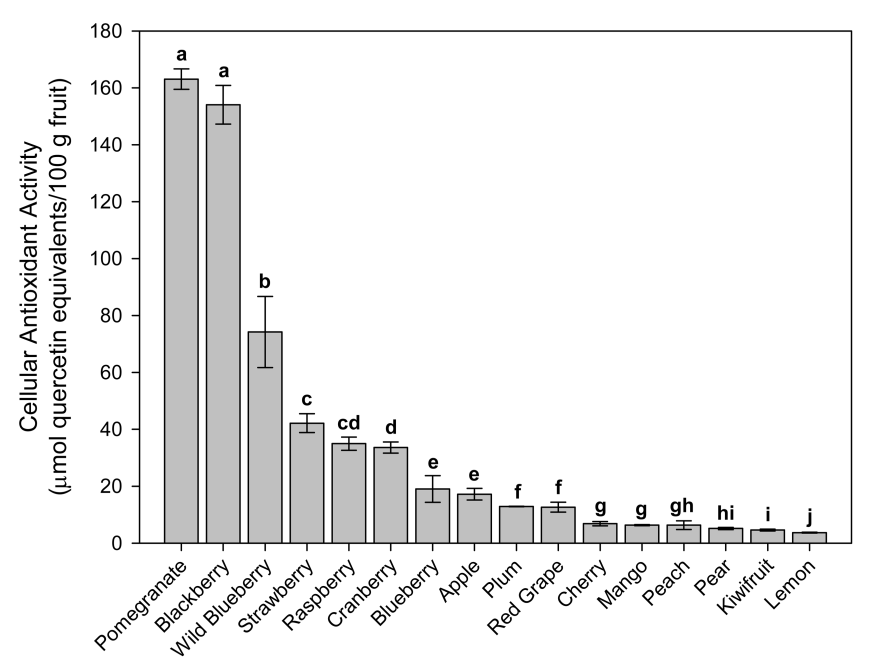
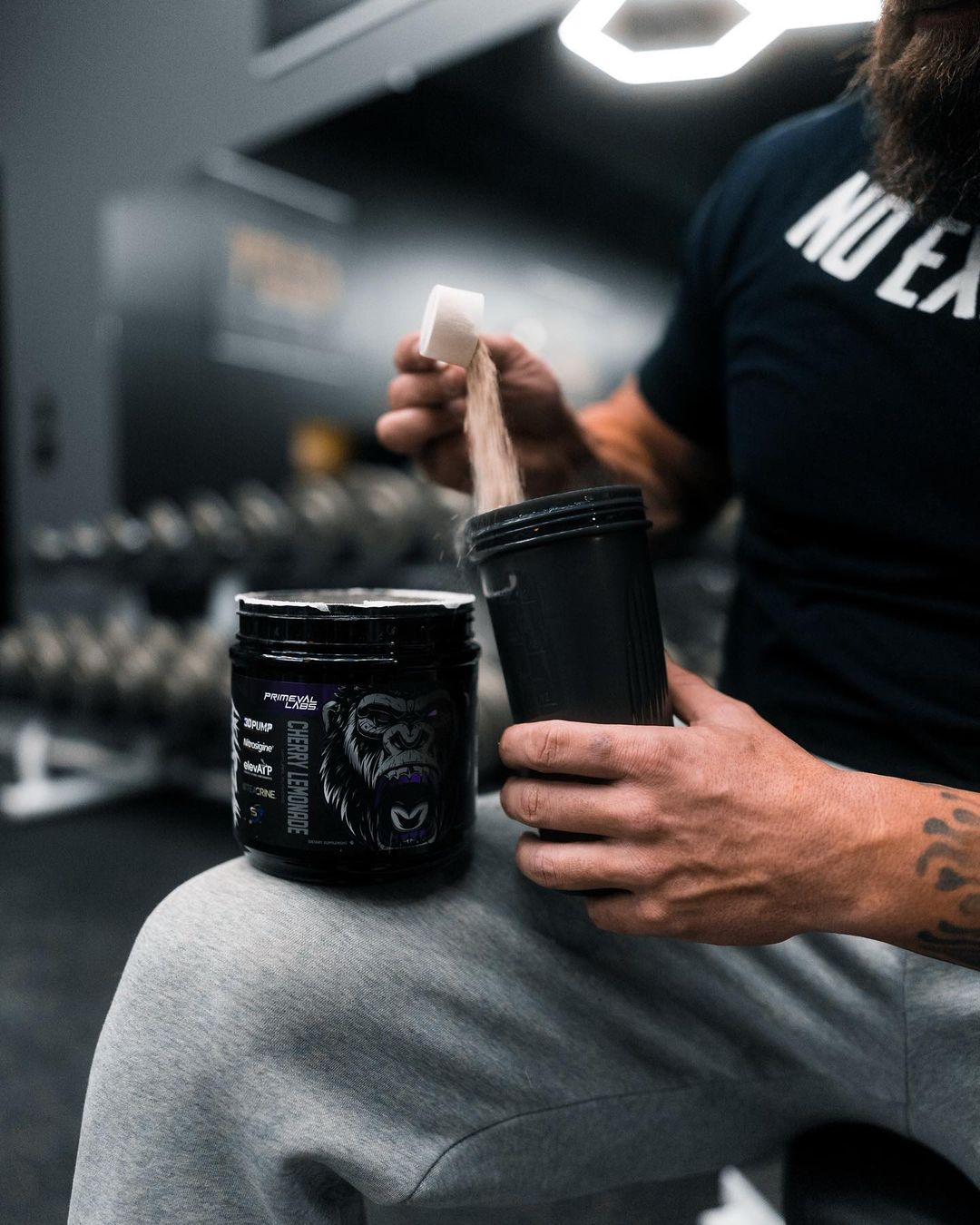
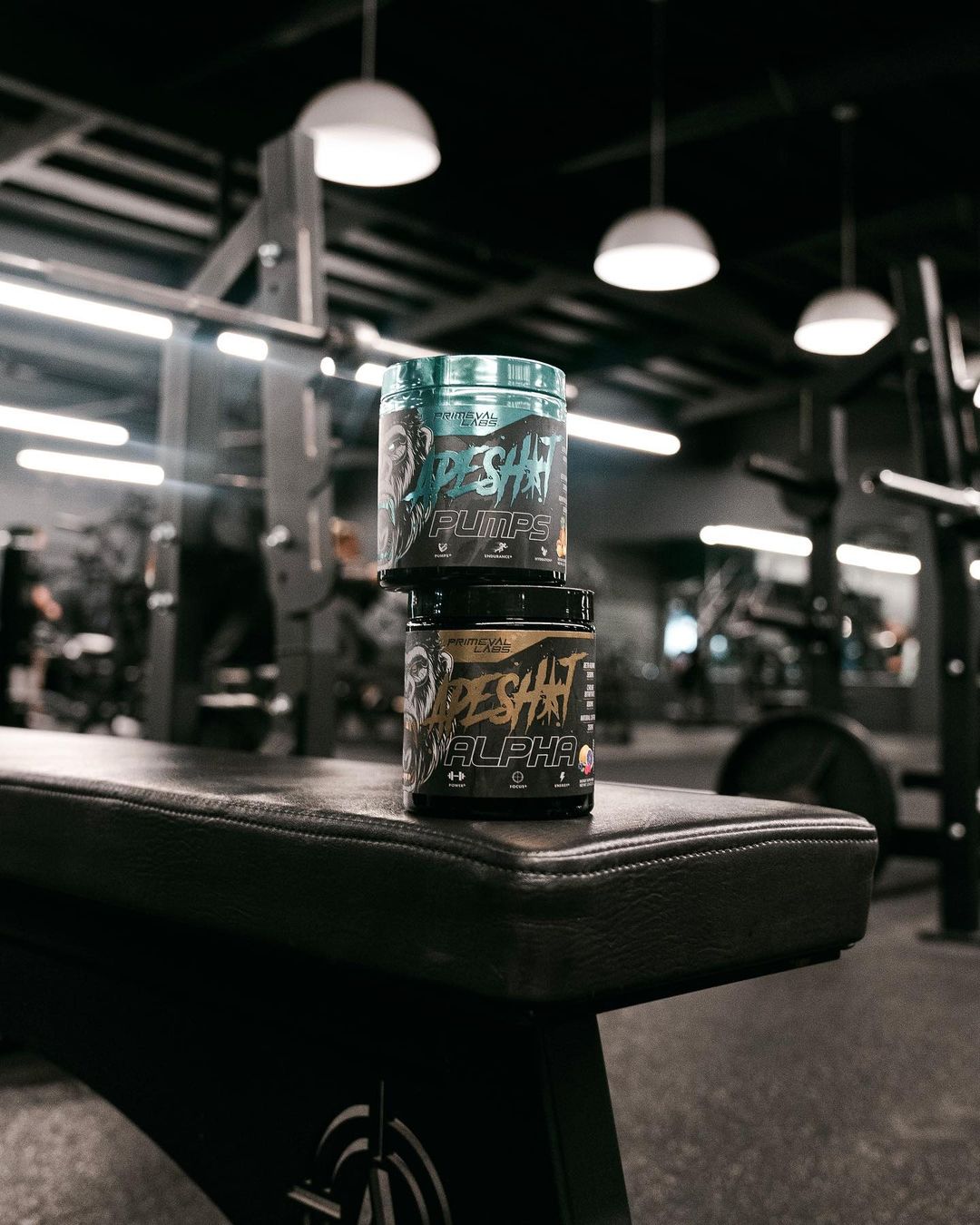
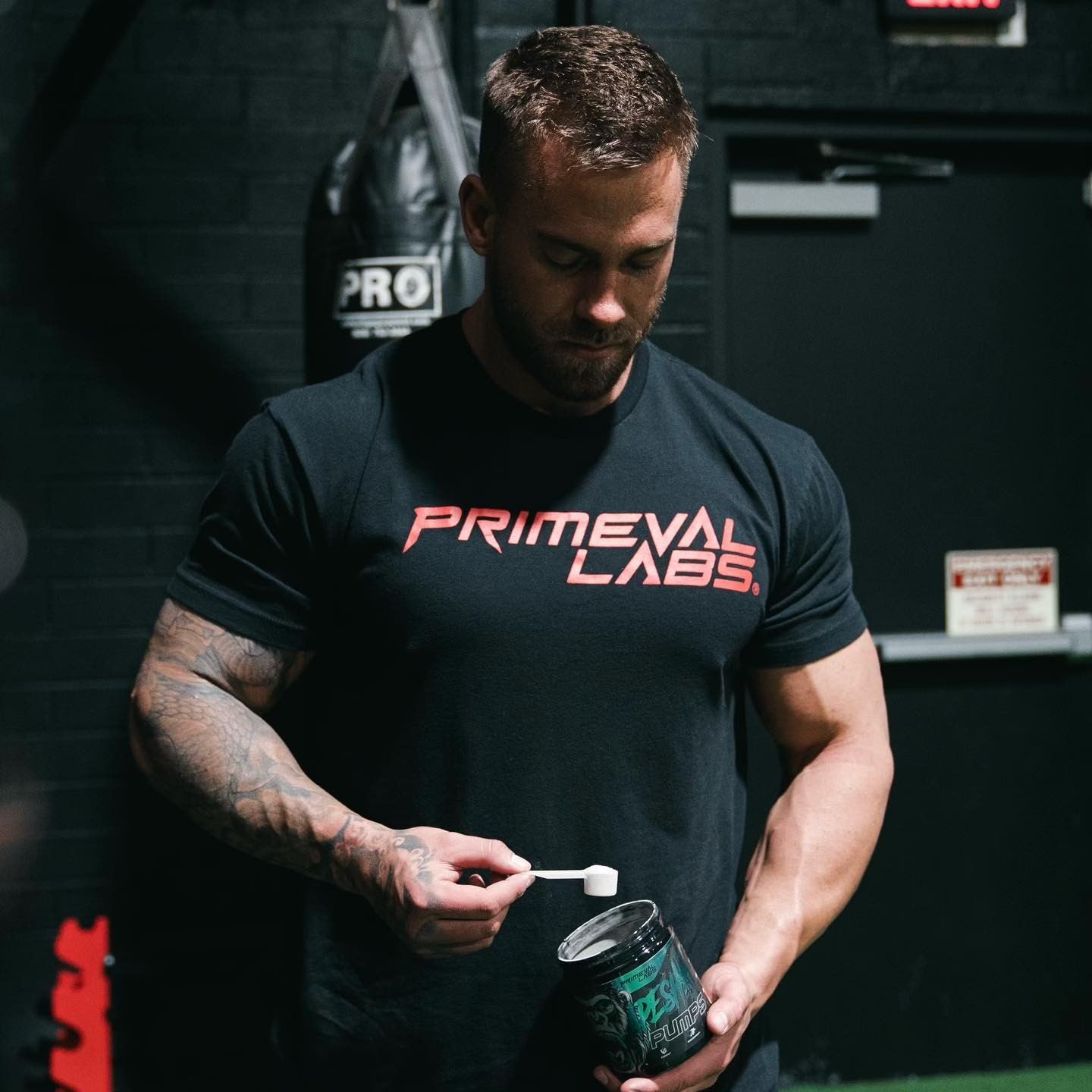
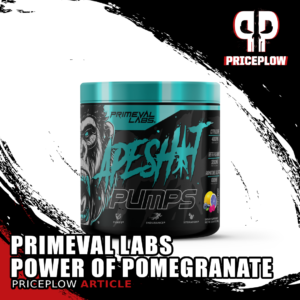
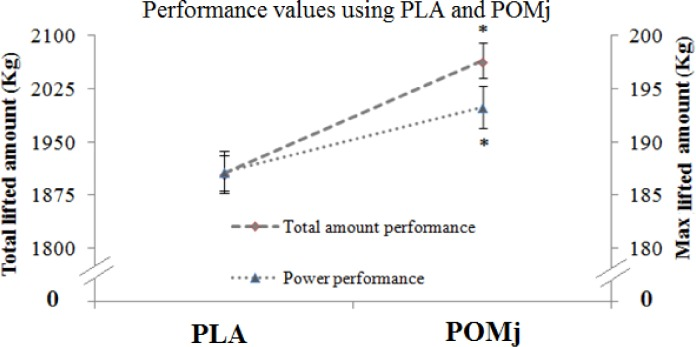
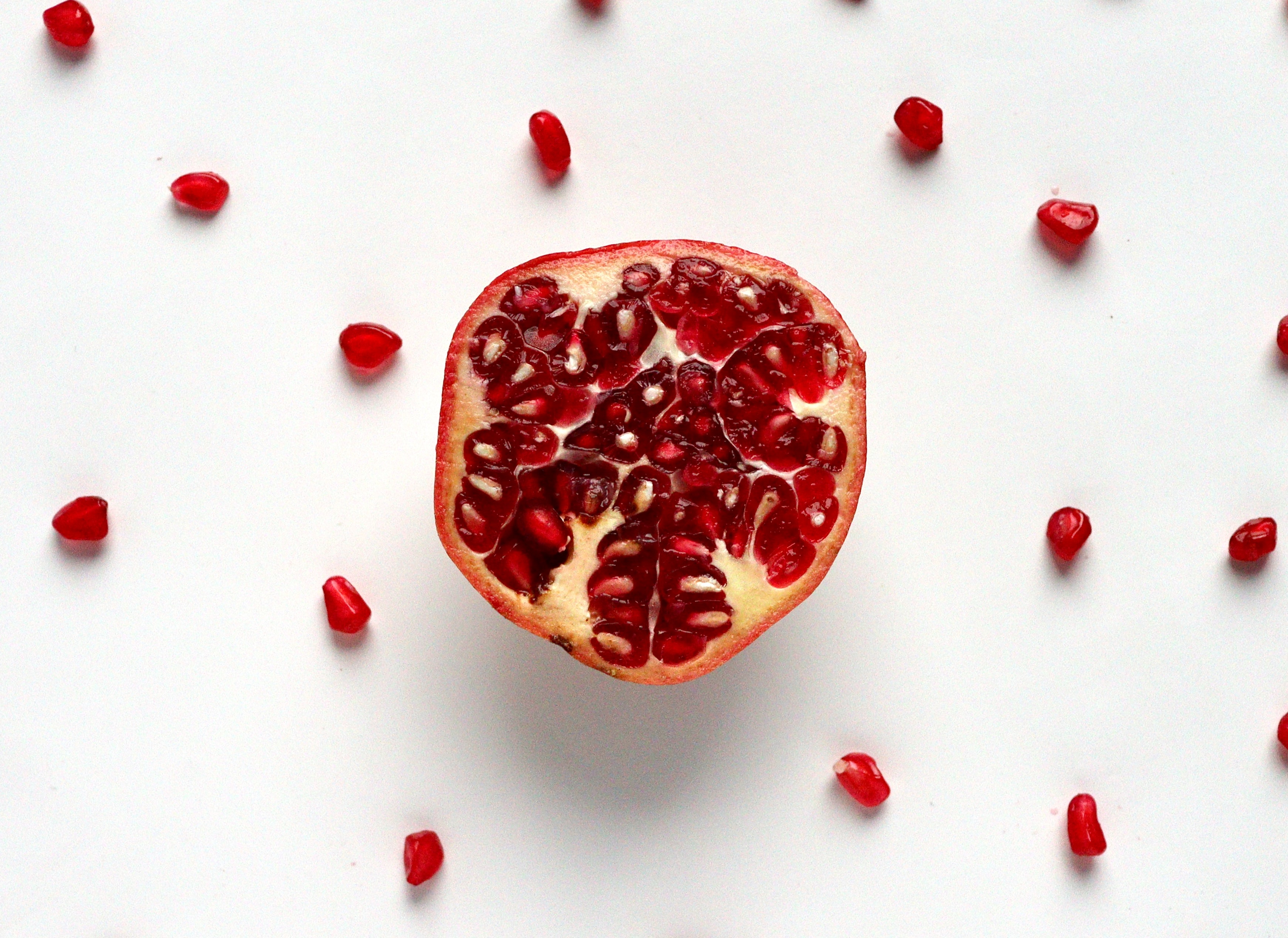


Comments and Discussion (Powered by the PricePlow Forum)